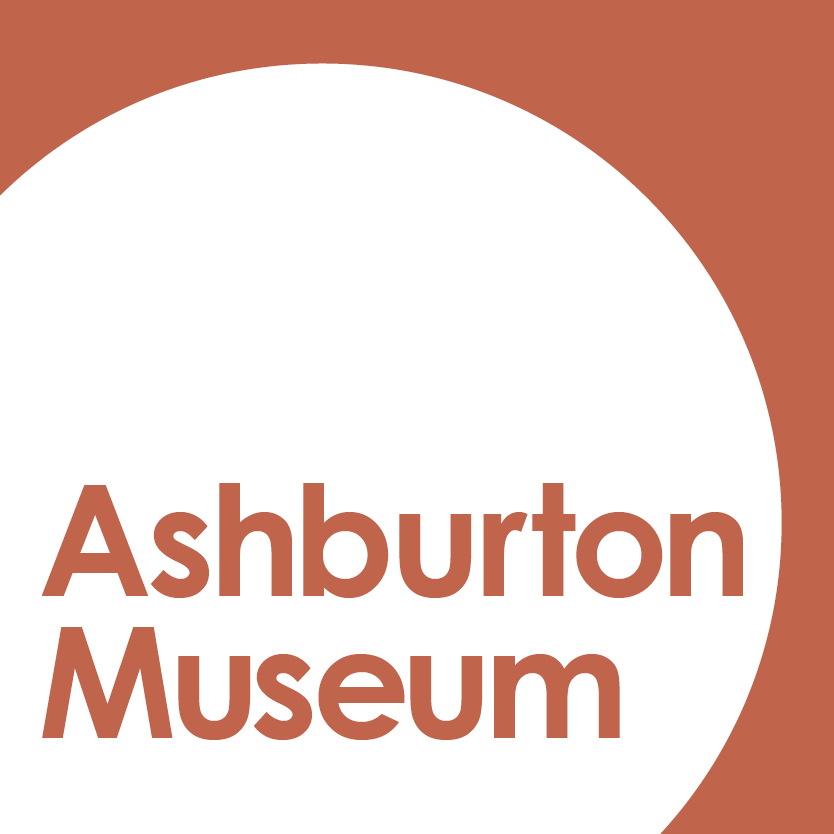When people think of summer, a multitude of images and memories may spring to mind, such as holidays in the country, barbecues, playing sports on the beach, and so forth.
Whatever the tone of summer memories, there’s one New Zealand icon that may or may not have crossed your mind – caravans.
Sounds Like Us, our last year’s summer exhibition at Ashburton Museum, featured model ‘radios’ made by Weta Workshop to look like New Zealand icons. One was designed to look like a classic kiwi caravan – rust included!
Whether you’re thinking of an old glorified tin can or a modern mobile wonderhome, it is safe to say that caravans definitely stand out as a highly recognisable piece of Kiwiana.

New holidays
Modern caravans and the practice of caravanning have a history that goes back to the 1920s, when camping holidays by car were becoming popular.
Instead of taking the train to a well-known but mundane destination, people now wanted to take their car along new roads to enjoy holidays in out-of-the-way places. But how would they find accommodation? Caravans were the answer.
Before the 1950s, when caravan manufacturing started to pick up, people would build their own caravan, each one ending up being a unique reflection of the builder’s needs and wants.
One such example that still exists today, is the caravan of Richard Reichenbach, which he built for his honeymoon in 1937.
In 1944, the Annual Holidays Act allowed workers two weeks of annual leave. When wartime petrol rationing finally ceased in 1950, car and caravan ownership soared.
This prompted an increase in caravan holidays, and led to the foundation of many local caravan clubs, including the Canterbury Caravan Club, founded in 1947.
The New Zealand Motor Caravan Association (NZMCA) was also established, in 1956.

Modern comforts
As technology moved forward and regulations developed, caravans became more standardised, safe and functional.
Modern high end caravans began to include fully-fledged kitchens and bathrooms, large comfortable beds, air conditioning, solar power, and even flat screen televisions. Compared to older caravans, you could argue that sleeping out in a caravan cannot be considered ‘roughing it’ anymore.
In a way, these developments may defeat some of the purpose of caravanning in the first place, since it is no longer necessary to cook over an open fire or engage as closely with nature when camping.

However, modern features also make buying a caravan an alluring option for a new purpose, living in one as a permanent, stationary home. If the nomadic lifestyle isn’t for you, caravans can be set up as compact permanent homes.
A recent trend in home architecture called the ‘tiny house movement’ shows that many people are eager and willing to live in small, compact, economical spaces, including caravans.
But primarily, caravans are built with holidaying in mind, and so are ubiquitous with summer holidays for many Kiwis.

By Connor Lysaght
Captions
- The spectacular caravan radio model from ‘Sounds Like Us’
- Packed up and ready to carry on the adventure.
- A Graham car towing a caravan for the 1940 Wright & Stephenson Co. centennial parade.
- A cup of tea out in the sticks with an old caravan and tent – homely!

Leave a comment